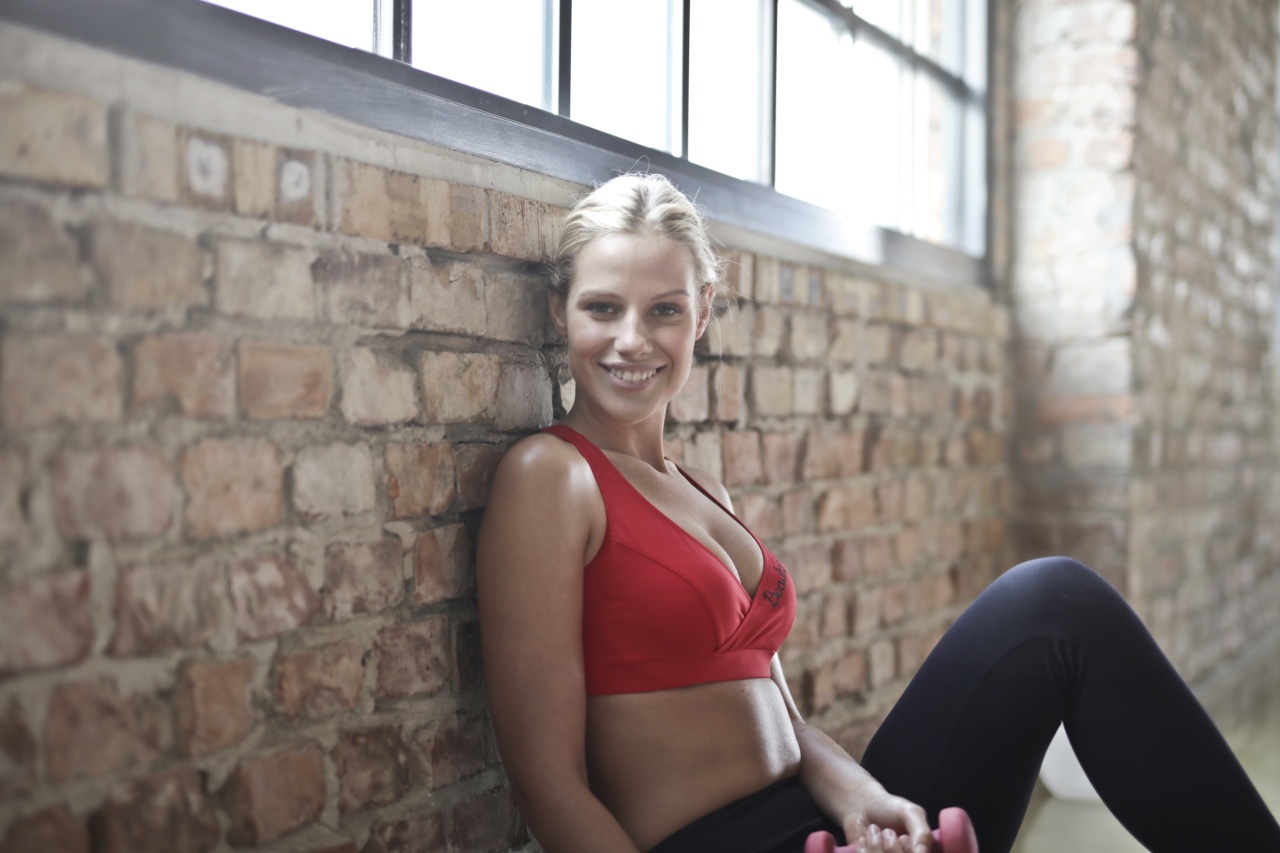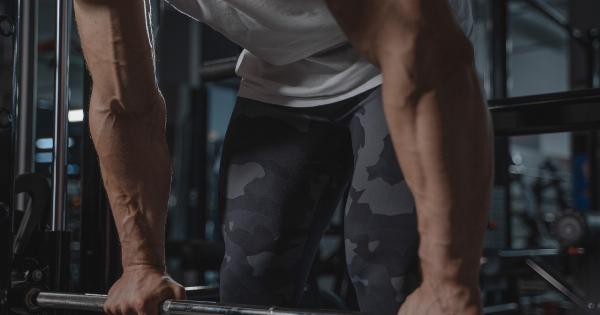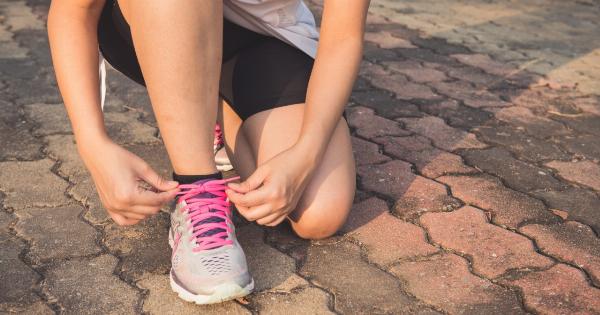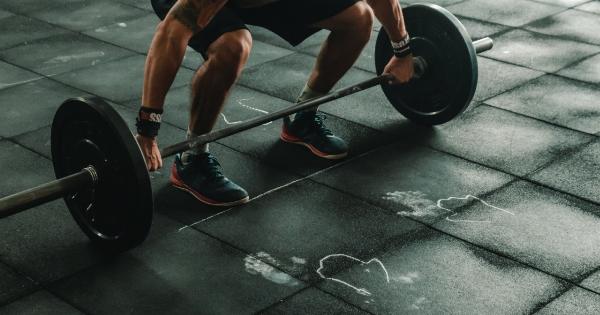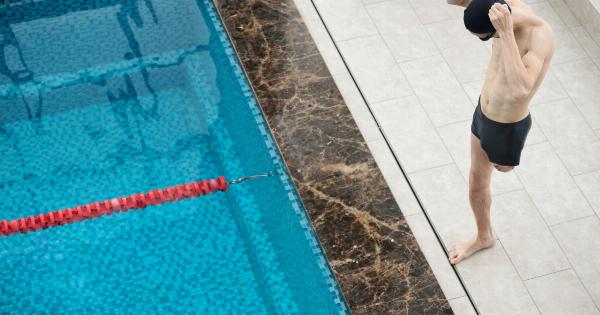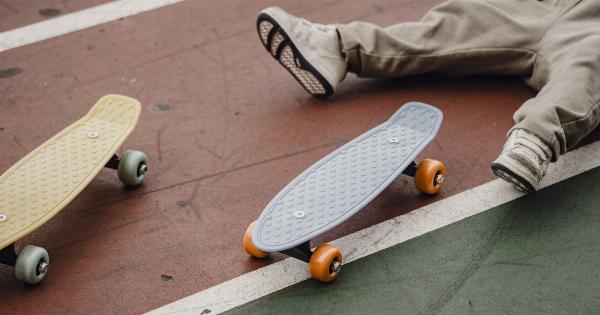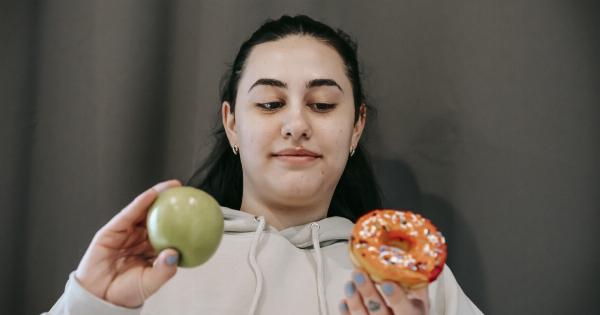Varicose veins are a common condition that affects millions of people worldwide. These enlarged and swollen veins can cause discomfort, pain, and even affect the appearance of your legs.
If you’re dealing with varicose veins and looking for effective remedies, you’re in the right place. In this article, we’ll discuss the top remedies for treating varicose veins and improving the health of your legs.
1. Exercise Regularly
Regular exercise is vital for maintaining healthy circulation and preventing varicose veins. Engaging in activities like walking, jogging, swimming, or cycling can significantly improve blood flow in your legs.
Exercise also helps strengthen the leg muscles, which aids in pumping blood back to your heart. Aim for at least 30 minutes of moderate exercise daily to keep those varicose veins at bay.
2. Elevate Your Legs
Elevating your legs helps reduce the pressure on your veins and improves blood circulation. By raising your legs above the level of your heart, you allow gravity to assist in the flow of blood from your legs back to your heart.
Lie down and prop your legs up on a couple of pillows or use a reclining chair to elevate your legs for 15-20 minutes several times a day.
3. Wear Compression Stockings
Compression stockings are specially designed to provide consistent pressure to your legs, helping to improve blood flow and reduce the discomfort associated with varicose veins.
These stockings exert the most pressure at the ankles and gradually decrease pressure as they move up the legs, aiding in blood circulation. Consult with a healthcare professional to determine the right level of compression and type of stockings for your condition.
4. Maintain a Healthy Weight
Excess weight can put additional pressure on your veins, leading to the development or worsening of varicose veins. By maintaining a healthy weight, you reduce the strain on your legs and improve blood circulation.
Eat a well-balanced diet rich in fiber, fruits, and vegetables, while limiting your intake of processed foods and foods high in sodium and saturated fats.
5. Avoid Prolonged Sitting or Standing
Sitting or standing for long periods can contribute to the development of varicose veins. When you’re stationary for extended periods, blood flow in your legs becomes sluggish, increasing the risk of vein problems.
If your job requires prolonged sitting or standing, take regular breaks to stretch your legs, walk around, or perform simple leg exercises to keep the blood flowing.
6. Include Fiber in Your Diet
A diet rich in fiber helps prevent constipation, which can worsen varicose veins. Straining during bowel movements can increase pressure in the abdomen and aggravate existing vein problems.
Ensure you consume an adequate amount of fiber from sources such as whole grains, beans, lentils, fruits, and vegetables to maintain regular bowel movements and reduce the risk of varicose veins.
7. Massage Your Legs
Gentle massage can help improve blood circulation and alleviate the symptoms associated with varicose veins. Use gentle, upward strokes when massaging your legs, starting from the ankle and moving towards the thigh.
You can also combine the massage with essential oils known for their beneficial effects on circulation, such as rosemary, cypress, or lavender oil. Consult with a massage therapist for professional guidance.
8. Stay Hydrated
Proper hydration is essential for maintaining healthy blood flow and promoting overall well-being. When you’re dehydrated, the blood in your veins can become thicker, making it harder to circulate through your legs.
Aim to drink at least eight glasses of water a day to keep your body adequately hydrated and support optimal blood circulation.
9. Take Breaks to Exercise Your Legs
Regular leg exercises can help strengthen your muscles and improve blood circulation. Simple exercises like leg lifts, ankle rotations, and calf stretches can be performed while sitting or lying down.
If you have a sedentary lifestyle, make it a habit to take short breaks every 30 minutes to perform these exercises and get your blood pumping.
10. Seek Professional Treatment
If home remedies fail to improve your varicose veins or if they cause significant discomfort, it’s crucial to consult with a healthcare professional.
There are various medical treatments available, such as sclerotherapy, laser therapy, or surgical procedures, depending on the severity of your condition.
